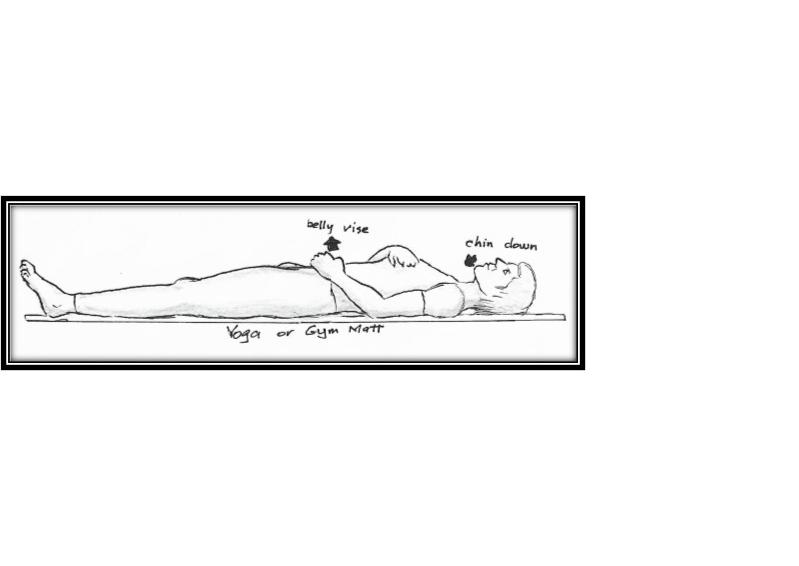Mindfulness Breath Training: A Simple Approach to Pain Relief

Yet incorrect breathing lies at the root of many health problems, particularly chronic pain. Mouth breathing, a very common habit, is often linked to a range of chronic health conditions. It typically activates the sympathetic autonomic nervous system, triggering the release of stress hormones and perpetuating stress and discomfort.
Correcting improper breathing habits is often the first step in managing these health conditions. We collaborate with several skilled practitioners who specialize in guiding patients through breathing correction. These sessions can be conducted online via referral, so there’s no need for a face-to-face appointment.
Stress, headaches, and facial or neck pain are also frequently the result of an overactive autonomic nervous system—our body’s Fight or Flight mechanism working overtime when it’s not needed. Thankfully, mindfulness and breath training techniques can help calm the system, reduce stress, and alleviate these common discomforts.
By adopting simple mindfulness habits, you can significantly improve your well-being and reduce pain over time. Here’s how to get started.
Creating Mindful Habits
Forming habits takes about a month, so consistency is key. Consider setting a recurring alarm on your phone every 30 minutes during the day as a gentle reminder to check in with yourself and practice the following mindfulness techniques:
- Check your posture. Are your shoulders slumped forward and is your back slouching forward? Pull the shoulders back and straighten up your back.
- Is your head posturing forward? Place your fingers on your chin and lightly push backwards to push your head back over your spinal cord.
- Check if your teeth are in contact. If so, slightly open the teeth so the teeth are not touching each other.
- Close your lips lightly.
- Place your tongue so it is lightly touching your palate behind your front teeth.
- Are you breathing through your nose or mouth? Breathe through your nose.
- Slow your rate of breathing.
- Breathe in through your nose, hold your breath for a slow count of 5, then breathe out through your lips slowly.
- Check whether your breathing is through your chest or your tummy. Your chest should not be rising as you breathe in, only your tummy. (Diaphragmatic breathing.)
These small mindfulness practices, when done regularly, can make a big difference in reducing tension and promoting relaxation.
A Relaxation Technique for Chronic Pain
For those dealing with chronic pain, a simple relaxation pose can help reduce tension and improve flexibility. Here’s how to do it:
- Lie flat on the floor on your back on a gym or yoga mat, not a bed. If the neck is chronically inflexible, use a folded towel so the head is passively held neither head forward nor head backward. The eyes should face straight up.
- Tuck the chin in.
- Place the tip of the tongue on the palate just behind the upper front teeth and close the lips.
- Place one hand on the stomach and the other on the chest.
- Concentrate on regular breathing into the belly not the chest.
- Hold this position for 10 minutes, although longer is fine.
- Repeat this relaxation pose twice a day for at least 2-3 weeks although it can remain a permanent habit.
A Small Change for a Big Impact
By incorporating these mindfulness and breathing techniques into your daily routine, you can significantly reduce stress, anxiety, and pain while improving your overall well-being.
Start small, stay consistent, and let these mindful habits lead you to a calmer, healthier life.




